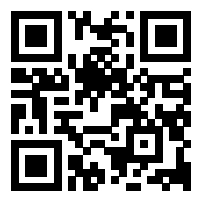We've already converted 813,522,715 files with a total size of 6,574 TB.
DSS TTA
Online Convert dss to tta Use OnlineConvert online. Free fast! No registration is required.
Your account type only allows up to 4 files to be concurrently converted.
Please register to remove this restriction. We offer a variety of conversion options.
How to convert dss to tta?
Online dss to tta, you can put the dss to tta format on your computer, tablet or mobile phone without downloading any software!
Step 1
Upload dss file
Select files from your computer, Google Drive, Dropbox, URL or by dragging them on the page.Step 2
Select 'tta'
Select output tta or any other format as the conversion result (click the Convert button)Step 3
Download your dss file
After the conversion you can download your tta file and upload it to Google Drive, Dropbox.Popular online file conversion
- PDF to WORD
- MP4 to MP3
- PNG to JPG
- JPG to PDF
- MOV to MP4
- PDF to JPG
- PNG to PDF
- M4A to MP3
- EPUB to PDF
- MKV to MP4
- WORD to PDF
- WAV to MP3
- PDF to PPT
- PNG to ICO
- WEBM to MP4
- MP4 to GIF
- HEIC to JPG
- DOC to PDF
- MP3 to WAV
- EPUB to MOBI
- PDF to EXCEL
- PDF to PNG
- DOCX to PDF
- JPG to PNG
- FLV to MP4
- PDF to JPG
- JPG to PDF
- PDF to DOC
- PDF to DOCX
- DJVU to PDF
Not what you're looking for? Please try to ask in the help
Ask questions now 